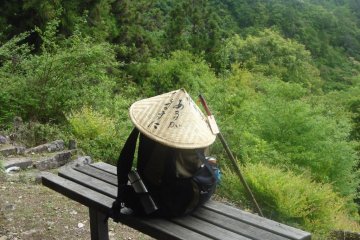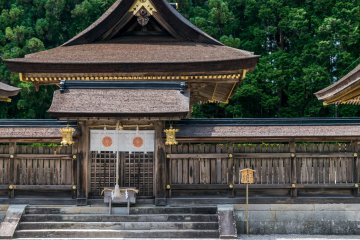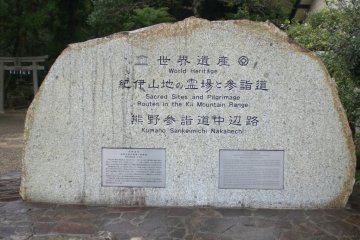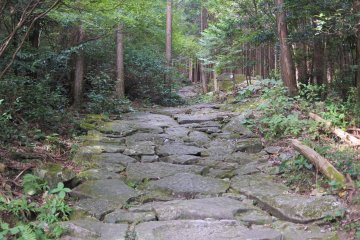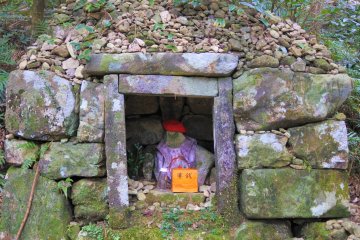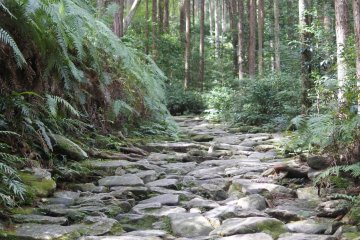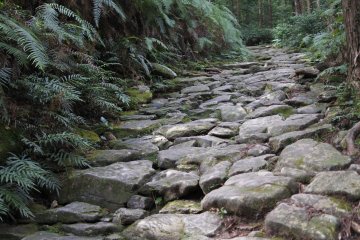The Kumano Kodo in Owase City, Mie Prefecture consists of six roads. As a part of the Sacred Sites and Pilgrimage Routes in the Kii Mountain Range, it was registered as a UNESCO World Cultural Heritage site in 2004.
Connecting the Kumano Kodo and the Ise Grand Shrine is the Iseji mountain pass, Magose-toge, a remnant of the old Edo Period roads. The pass, popular among beginners since it isn't hard, takes about 3 hours to complete. Some experience with hiking in mountains helps, of course, but with only a few slopes, you can easily walk at your own pace. With an abundant growth of Japanese cedar trees, walking along the pass, surrounded by the wealth of nature, you can't help but feel relaxed.
The Kumano Kodo had already existed by the time of the Edo period and its maintenance and upkeep was the responsibility of the old Kii Province, what is now Mie Prefecture. The stone paths of the Magose-toge are beautifully maintained and walking along them is really quite a lot easier than one would expect.
It’s said that the stones were laid because of the rain which is common in the area. It's certainly easy to walk along and during my walk here, I was really impressed by just how tasteful the pass was. Along the way you'll find Yonaki Jizo and Fudoson statue. There are some benches at Magose Park where you can rest and relax while the view of Owase from the observation deck there is just fantastic.
After passing the park, towards the end of the road lies Sankirai, a small cafe where you can have some drinks and sweets. I visited with a friend and we enjoyed some delicious berry drinks. The cafe is definitely a nice way to finish walking the Magose-toge Pass.



